Total margin can reach 45%, compromising almost half of customers’ income
08/08/2022
Changes in payroll-deduction loans put in place by the law signed Wednesday by President Jair Bolsonaro (Liberal Party, PL) are still being analyzed by banks, but a cautious tone prevails because of the delicate moment of the Brazilian economy.
With the creation of a benefit card for this type of credit, the total margin can reach 45% in the case of retirees and pensioners, compromising almost half of customers’ income. Some banks are wary of this increased cap and are likely to put the new card on the shelf without actively offering it to customers. The possibility of offering payroll-deduction loans linked to social benefits, on the other hand, is rejected by virtually all private-sector banks. As a result, this type of loan is expected to be extended only by state-owned banks after the regulation is published.
The government says the measures are intended to “mitigate the effects of the economic crisis that hit Brazilian households during the pandemic.” However, they are also seen as part of the list of initiatives to help Mr. Bolsonaro’s reelection.
Among the largest lenders, there is still caution about whether to expand the margin to 45%. Only state-owned banks show some appetite, at first. Today, payroll-deduction loans total R$535.4 billion, including R$301.1 billion for civil servants alone. The default rate of these loans is 2.5%, compared to a rate of 3.5% in non-earmarked loans.
Banco do Brasil told Valor it is analyzing the possibility of increasing the margin through credit cards because it already operates with an extended margin of 35% for payroll-deduction loans for pensioners and retirees. Caixa Econômica Federal, another state-run bank, said the financial and operational viability of the benefits card is under evaluation.
Large private-sector banks are more resistant. Itaú says it does not offer a payroll-deduction benefit card and has no prospects of offering one. “Therefore, the margin will still have a 35% cap,” the bank said. Santander said it will increase the margin of the payroll-deduction card “as required by law.” Bradesco only said it will “operate according to the rule.”
Among medium-sized banks, there is a division about the new payroll-deduction card for benefits. Lenders that only extend credit – without the borrower having an account – tend to offer the product, which in theory would have a different function than the typical payroll-deduction credit.
The fear, however, is that this other card will have the same fate as the payroll-deduction credit card. Created as a kind of financing for consumption with the possibility of withdrawing cash at an ATM, it ended up becoming a personal loan.
The benefit card cannot be the same as the payroll-deduction credit card. Banks will have to issue another plastic, with a different design. In addition, it is necessary to offer some benefits, such as insurance, drug coupons, or funeral assistance.
The executive of a medium-sized bank, which has payroll-deduction loans among its main products, explains that typical credit of this type accounts for more than 95% of the total volume, while the payroll-deduction credit card gets the remainder. “We have this product, but we don’t push it to the client. The same thing is likely to happen with the benefits card.”
A source in another bank says the new benefits card can be a good product. “We are interested in this product, regardless of whether we increase the payroll-deduction margin. It adds value for the client, brings benefits. We will respect the market rules and comply with the laws against over-indebtedness.”
The new credit has the power to “boost” economic activity, said economist Julia Braga, a professor at the Fluminense Federal University. “For some families, it may be difficult to pay the debt in the future. But for others, it may be an opportunity to roll over an old or more expensive debt from another line of credit,” she said.
/i.s3.glbimg.com/v1/AUTH_37554604729d4b2f9f3eb9ad8a691345/internal_photos/bs/2021/t/U/dhXZHyQyOehqEYdeeahw/14esp-100-endivida-a14-img01.jpg)
Isabela Tavares — Foto: Silvia Zamboni/Valor
Isabela Tavares, an economist with consultancy Tendências, sees some risks in the 45% cap. “Even if interest rates are lower because banks have a guarantee, this still puts pressure on households, compromising a portion that could be directly destined to the consumption of essential goods as inflation pressures budgets,” she said.
As for payroll-deduction loans linked to social benefits, most private-sector banks will not offer them for now. Executives say they will adopt a wait-and-see approach and let Caixa, a state-owned bank, start operating first. They point out many risks, including for reputation, as the society may understand that banks are “exploiting” people who live on the poverty line.
Legal risk is another concern since borrowers may go to court to undo their agreements saying that they need the income for subsistence. Continuity risk is also taken into account since the cash-transfer program Auxílio Brasil, for instance, will pay R$600 only by December.
Credit risk is also on the radar. Beneficiaries of social programs, besides not being able to prove other sources of income, are often underbanked, so lenders do not have data on their credit history. “Credit risk is very high, which means that for the transaction to be worthwhile for the bank, it would have to charge a huge interest rate. This is impractical. And what happens if the person loses the benefit? This is a very controversial issue,” one source said.
Despite this, some medium-sized banks already offer on their websites the possibility to simulate payroll-deduction loans for those who receive social benefits.
*By Álvaro Campos, Guilherme Pimenta — São Paulo, Brasília
Source: Valor International


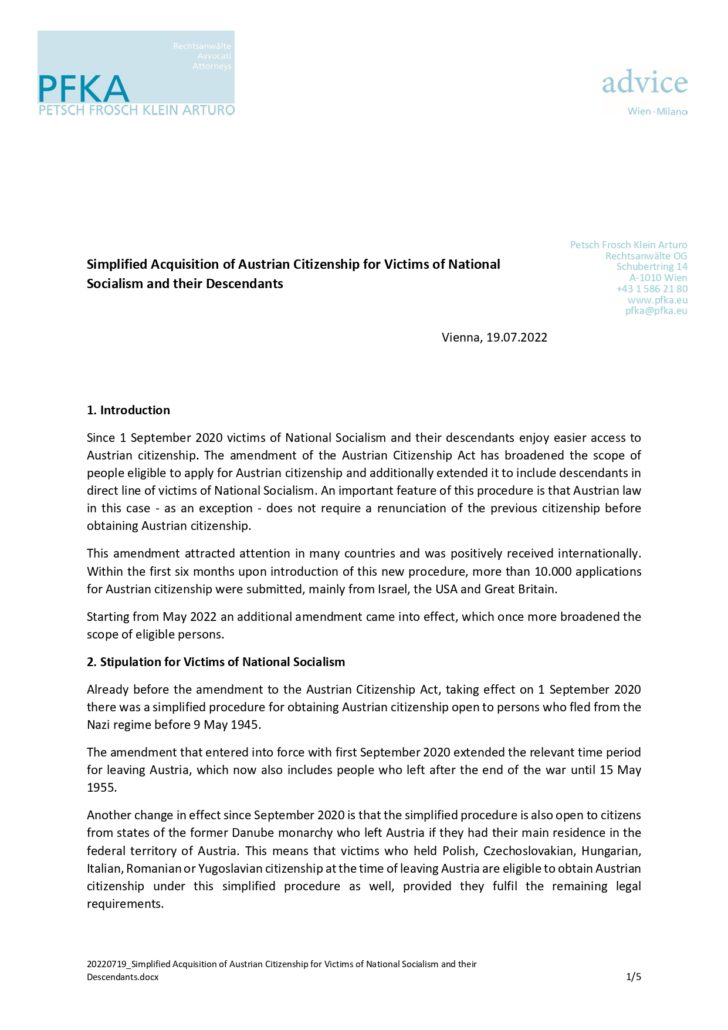
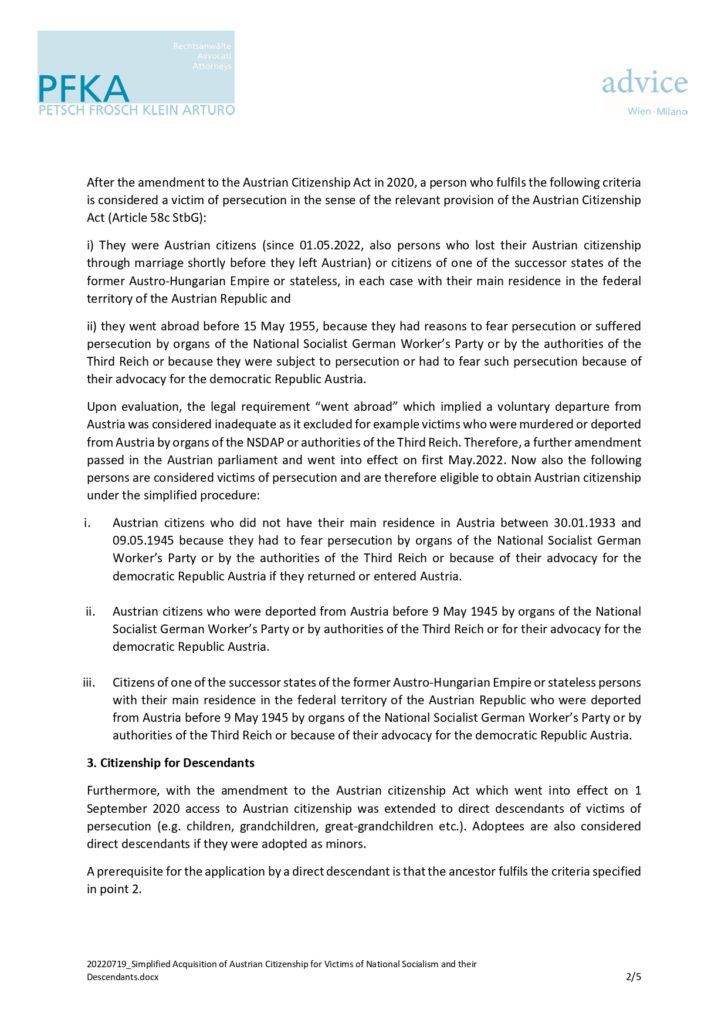
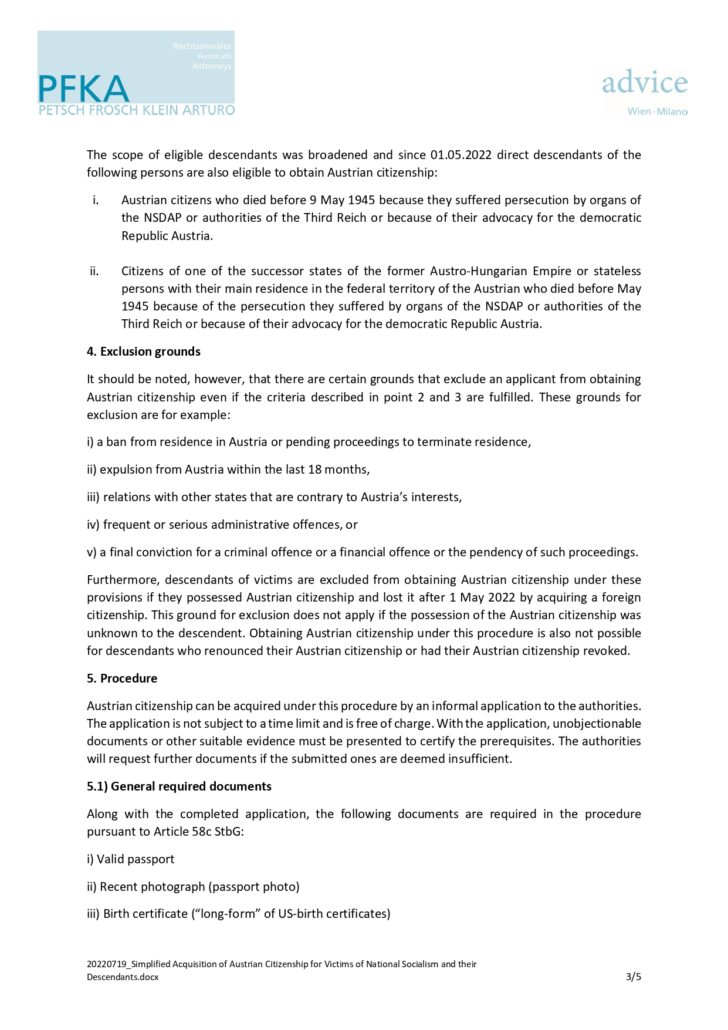
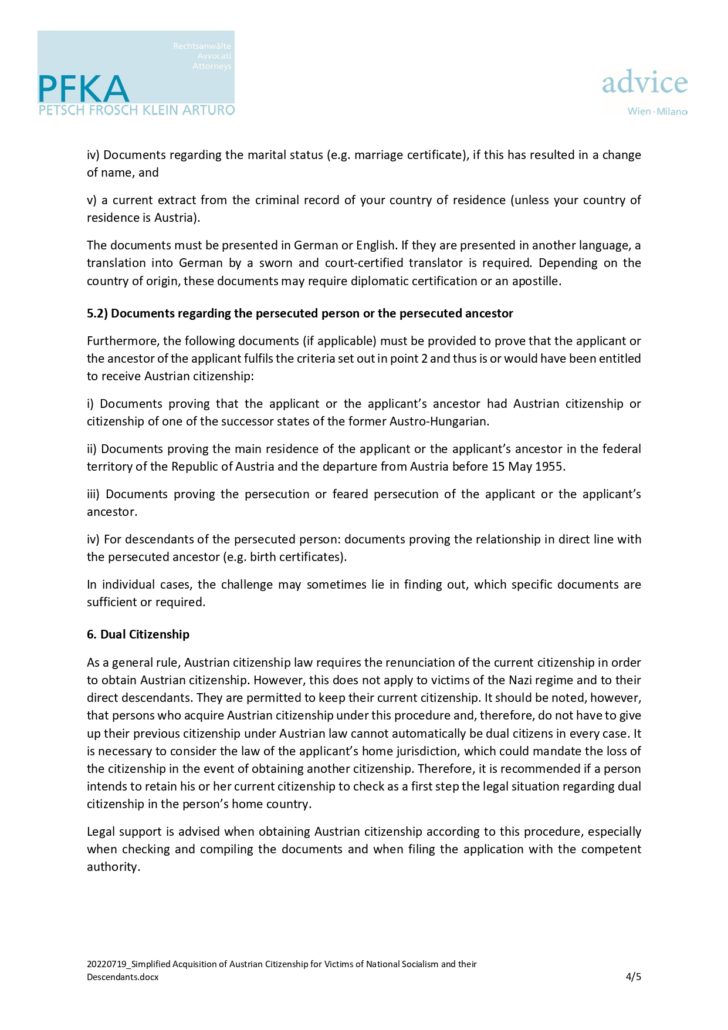
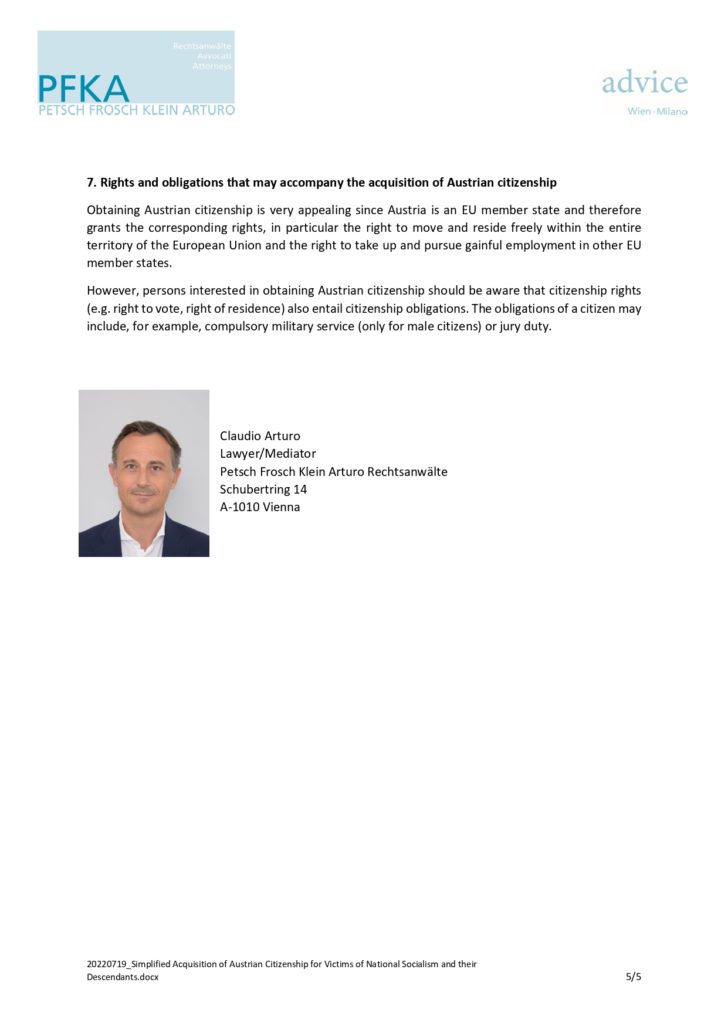
/i.s3.glbimg.com/v1/AUTH_37554604729d4b2f9f3eb9ad8a691345/internal_photos/bs/2022/Z/G/cSTbMpSWurYQH9w6QC9A/05emp-100-ctg-b2-img01.jpg)
/i.s3.glbimg.com/v1/AUTH_37554604729d4b2f9f3eb9ad8a691345/internal_photos/bs/2022/Y/p/RQM5x9StGay63JUEuWjw/grafico-bolsa-silvia-zamboni-valor.png)
/i.s3.glbimg.com/v1/AUTH_37554604729d4b2f9f3eb9ad8a691345/internal_photos/bs/2022/g/6/xhMgkvTKauNw4O9RFPtw/cade-foto-jefferson-rudy-agencia-senado.png)

/i.s3.glbimg.com/v1/AUTH_37554604729d4b2f9f3eb9ad8a691345/internal_photos/bs/2022/q/t/fQOLLTTuSImNJACP971g/anbima-silvia-zamboni-valor.png)
/i.s3.glbimg.com/v1/AUTH_37554604729d4b2f9f3eb9ad8a691345/internal_photos/bs/2022/j/N/2zS5O5REy45kL50xVYdQ/03leg-100-bofa-e1-img01.jpg)
/i.s3.glbimg.com/v1/AUTH_37554604729d4b2f9f3eb9ad8a691345/internal_photos/bs/2022/j/d/2Gjg33T0i5J6Y0uUqE3w/ben-backwell-ceo-gwec.jpg)